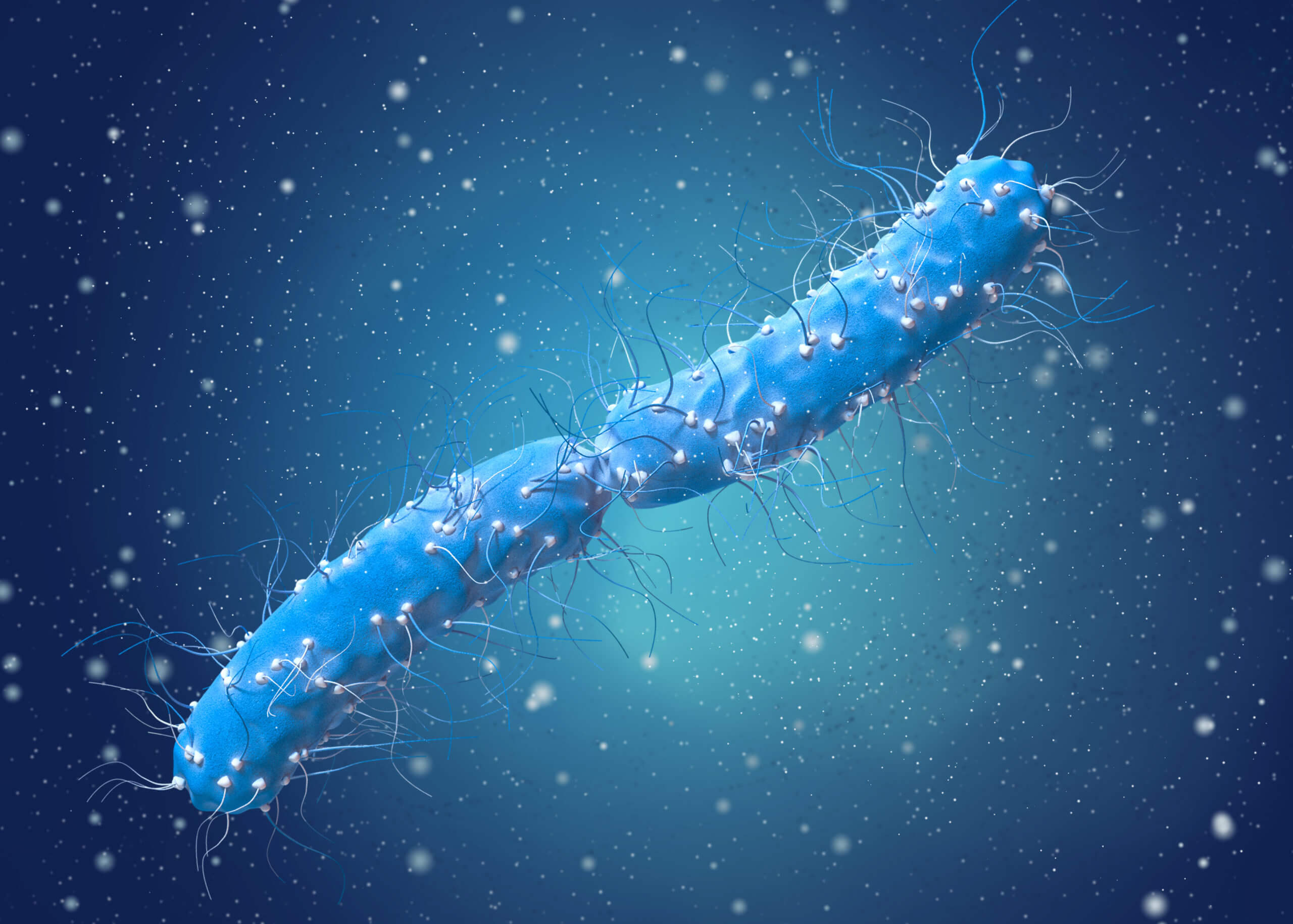Is E. coli a friend or foe? On one hand, E. coli live in the GI tracts of several mammals including humans, and do no harm. But on the other hand, new research finds a strain of E. coli bacteria from farm animals could be the cause behind deadly pandemic strains in humans.
E. coli bacteria can create disease if they evolve to survive in areas outside of the human gut. When freed from the microbiome, E. coli can cause urinary tract infections and in severe cases cause sepsis for 11 million people each year. E. coli in the brain is the reason behind meningitis, an infection affecting both the brain and spinal cord.
Understanding how E. coli evolves and where it comes from could help create preventative rather than reactive measures to limit the spread of infection.
“The contribution of non-human sources to infectious disease in humans is typically poorly understood and its potential importance under-appreciated as the debate regarding the ecological origins of the SARS-CoV2 virus attest,” says Dr. Cameron Reid from the University of Technology Sydney in a university release.
The researchers studied the ST58 E. coli strain found in farm animals such as cattle, chickens, and pigs. ST58 has been found in several infections worldwide. In France the number of infections containing this E. coli strain has doubled in the past 12 years. Another concern for doctors is that ST58 is more drug resistant than other E. coli strain.
“We found that E. coli ST58 from pigs, cattle, and chickens contain pieces of genetic material, called ColV plasmids, which are characteristic of this strain of disease causing E. coli,” says Dr. Reid. Plasmids are tiny double-stranded DNA molecules that break apart from bacteria and can replicate by themselves and can transfer across multiple E. coli strains.
The team predicts having CoIV plasmids may prep E. coli strains to have more infections outside the gut and increase the chances of being resistant to treatment.
The study is published in Nature Communications.
